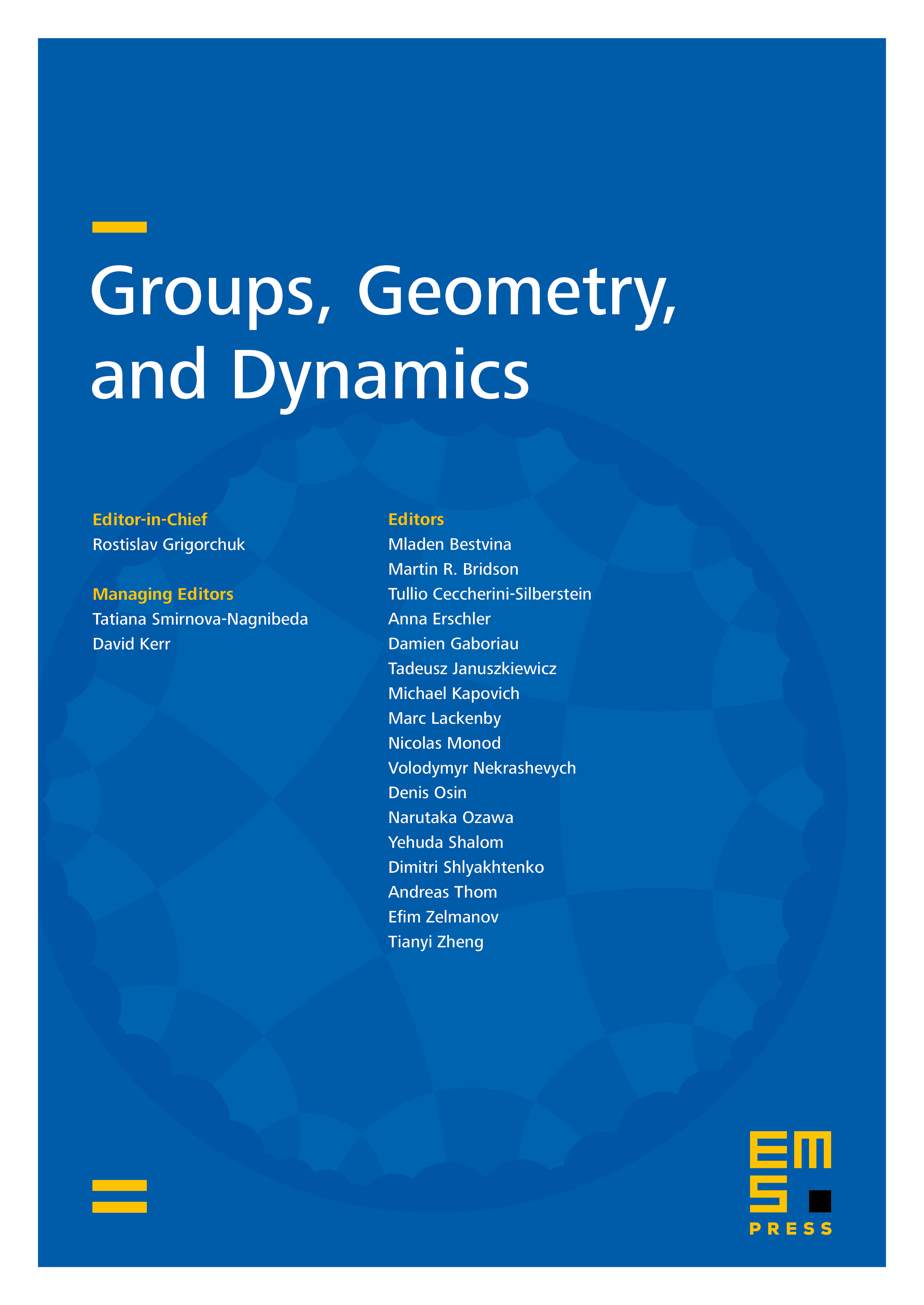Self-similar abelian groups and their centralizers
Alex C. Dantas
Universidade de Brasília, BrazilTulio M. G. Santos
Instituto Federal Goiano, Campos Belos, BrazilSaid N. Sidki
Universidade de Brasília, Brazil

Abstract
We extend results on transitive self-similar abelian subgroups of the group of automorphisms of an -ary tree by Brunner and Sidki to the general case where the permutation group induced on the first level of the tree, has orbits. We prove that such a group embeds in a self-similar abelian group which is also a maximal abelian subgroup of . The construction of is based on the definition of a free monoid of rank of partial diagonal monomorphisms of . Precisely, , where denotes the product of the projections of in its action on the different orbits of maximal subtrees of , and bar denotes the topological closure. Furthermore, we prove that if is non-trivial, then , the centralizer of in . When is a torsion self-similar abelian group, it is shown that it is necessarily of finite exponent. Moreover, we extend recent constructions of self-similar free abelian groups of infinite enumerable rank to examples of such groups which are also -invariant for . In the final section, we introduce for , a generalized adding machine , an automorphism of , and show that its centralizer in to be a split extension of by . We also describe important submodules of .
Cite this article
Alex C. Dantas, Tulio M. G. Santos, Said N. Sidki, Self-similar abelian groups and their centralizers. Groups Geom. Dyn. 17 (2023), no. 2, pp. 577–599
DOI 10.4171/GGD/710